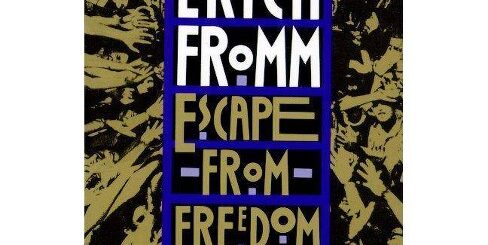Plotting and Writing Suspense Fiction by Patricia Highsmith
Modern life is stressful, face it, and many of us fantasize doing something quite different to earn a living than what we are stuck with. Wouldn’t it be fabulous to quite my job and run a cute little B & B in the country? sighs the exhausted commuter, hopelessly snarled in L.A. traffic. Wouldn’t it be peachy to backpack in the Alps, take a slow boat to China, quit everything and start up a café in Tahiti, maybe do some painting on the side, just like Gaughin . . . .
Dream on! Generally speaking, fantasies don’t work out as smoothly as planned, and unfortunately, we humans have a way of bringing our stress along on even the most idyllic vacation. One recurring drop-out fantasy goes something like this: How about I quit my boring job and become a writer instead! . . . Hey, I know! I’ll write a mystery! Won’t that be fun? I happen to know this dream well, since I followed it myself and now, after publishing a number of books, students occasionally show up at my door asking how it is done.
Every author, of course, has a different tale of how he or she got into print. My advice to beginning mystery writers is to read everything you can lay your hands on, imitate your favorite author for a book or two, and gradually find your own voice. There are, occasionally, a few how to books that are helpful, such as Plotting and Writing Suspense Fiction by Patricia Highsmith, an author who is best known for the movie versions of her two most famous novels, Strangers on a Train and The Talented Mr. Ripley.
Patricia Highsmith’s forte is to write sympathetically from the Bad Guy’s point of view the killer, that is and show how this person squirms and struggles to avoid the noose that is gradually tightening around him. Poor Tom Ripley, whose adventures span a number of sequels, is one of the few villains in suspense fiction who manages to outsmart the cops. However, we sense he is not so lucky to survive, novel after novel, only a hair’s breadth away from being caught. These books have a nightmarish quality that is the essence of suspense; deep at heart, we all have the occasional criminal impulse and can imagine too well the terror of justice closing in around us.
Plotting and Writing Suspense Fiction is more memoir than how to the book is mostly Patricia Highsmith looking back over her long career and telling us how she works. She has some wise advice, however. Take, for instance, her suggestion for plotting individual chapters: The starting point for a chapter outline should be the question to oneself: How will this chapter advance the story? As someone who is inclined to ramble, I say a hearty amen to this bit of advice.
In a smart, entertaining fashion, she goes on to cover such items as The Germ of an Idea, development, plotting, the first draft, snags, the second draft, revisions, and ends by giving us a case history of how she wrote one of her own novels, The Glass Cell. I’m not sure Plotting and Writing Suspense Fiction is going to help anyone dash off a bestseller, but I think it will give you new appreciation for the craft of suspense writing, and definitely make you ready to log-on and buy all the Patricia Highsmith novels you can find.
- National Epilepsy Day 2023:Common Signs And Symptoms - November 17, 2023
- Top 10 Cosmetic Packaging Designers in the USA - April 12, 2023
- Luxury Website Designers: The Ultimate Guide to Creating a High-End Website - April 10, 2023


